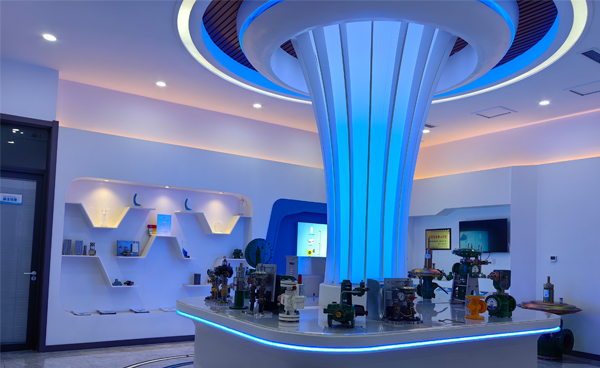
Oct . 02, 2024 12:47
Back to list
pressure vessel
Understanding Pressure Vessels A Comprehensive Overview
Pressure vessels are critical components in various industrial applications, designed to withstand significant internal pressures while containing gases or liquids. These specialized containers are employed in a wide range of industries, including oil and gas, chemical manufacturing, and power generation. As essential elements of operational safety and efficiency, understanding the design, materials, and maintenance of pressure vessels is crucial for engineers and operators alike.
A pressure vessel is defined by its ability to hold substances at a pressure substantially different from the ambient pressure. This capacity comes with stringent regulations and standards to ensure the integrity and reliability of the vessel. Common types of pressure vessels include storage tanks, boilers, and reactors, each tailored to specific pressure and temperature conditions.
The design of a pressure vessel involves a careful analysis of various factors, including the material properties, external conditions, and the intended use of the vessel. Materials typically used for pressure vessels include carbon steel, stainless steel, and other alloys that can withstand corrosion and extreme temperatures. The choice of material is critical, as it directly affects the vessel's durability and safety.
Piping and fittings connected to pressure vessels also require careful consideration. Flanges, valves, and other components must be designed to handle the same pressure levels as the vessel itself. Engineers often employ advanced technologies, such as finite element analysis (FEA), to simulate the stresses and strains that the vessel will encounter during its operational life. This analysis helps identify potential failure points and ensures that the vessel meets all safety standards.
pressure vessel

Safety is paramount when working with pressure vessels. Regular inspections and maintenance are essential to identify corrosion, fatigue, or other forms of degradation that could compromise the vessel's integrity. Industry standards, such as those set by the American Society of Mechanical Engineers (ASME), outline rigorous testing and inspection protocols, including non-destructive testing methods like ultrasonic and radiographic inspections.
In addition to maintenance, operational procedures play an essential role in ensuring safety. Operators must receive thorough training on the specific pressure vessel systems they are using, including emergency response protocols for incidents such as leaks or pressure breaches. Proper training and adherence to safety protocols can significantly reduce the risk of accidents.
Moreover, the advancement of technology has led to innovative solutions for pressure vessel monitoring. Many modern pressure vessels are equipped with sensors that provide real-time data on pressure, temperature, and structural integrity. This data enables predictive maintenance, allowing for timely interventions before critical failures occur.
In conclusion, pressure vessels are vital components in numerous industrial settings, necessitating careful design, material selection, and rigorous maintenance practices. Understanding the complexities involved in pressure vessel operation is essential for ensuring safety and efficiency within facilities that rely on these essential containers. By following established guidelines and embracing new technologies, industries can continue to leverage the benefits of pressure vessels while minimizing risks to personnel and equipment.
Next:
Latest news
-
Safety Valve Spring-Loaded Design Overpressure ProtectionNewsJul.25,2025
-
Precision Voltage Regulator AC5 Accuracy Grade PerformanceNewsJul.25,2025
-
Natural Gas Pressure Regulating Skid Industrial Pipeline ApplicationsNewsJul.25,2025
-
Natural Gas Filter Stainless Steel Mesh Element DesignNewsJul.25,2025
-
Gas Pressure Regulator Valve Direct-Acting Spring-Loaded DesignNewsJul.25,2025
-
Decompression Equipment Multi-Stage Heat Exchange System DesignNewsJul.25,2025

